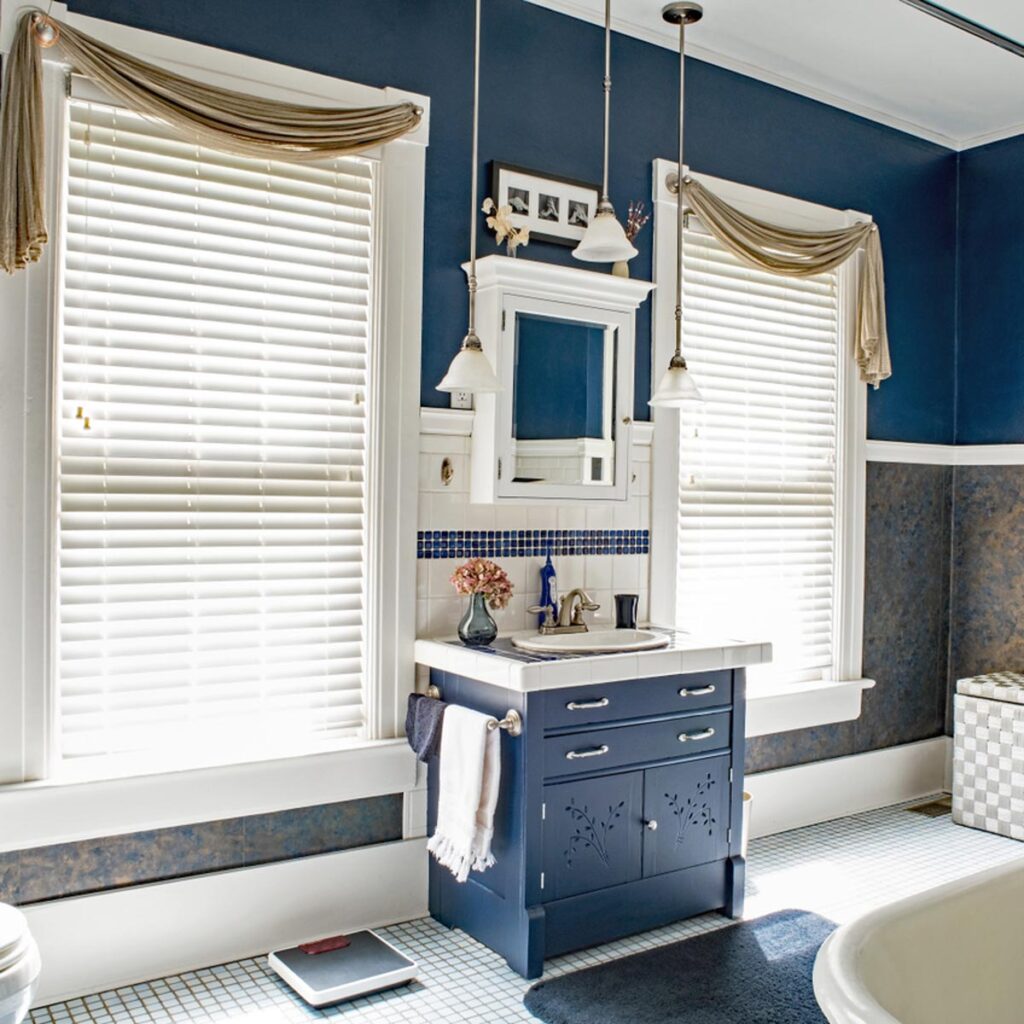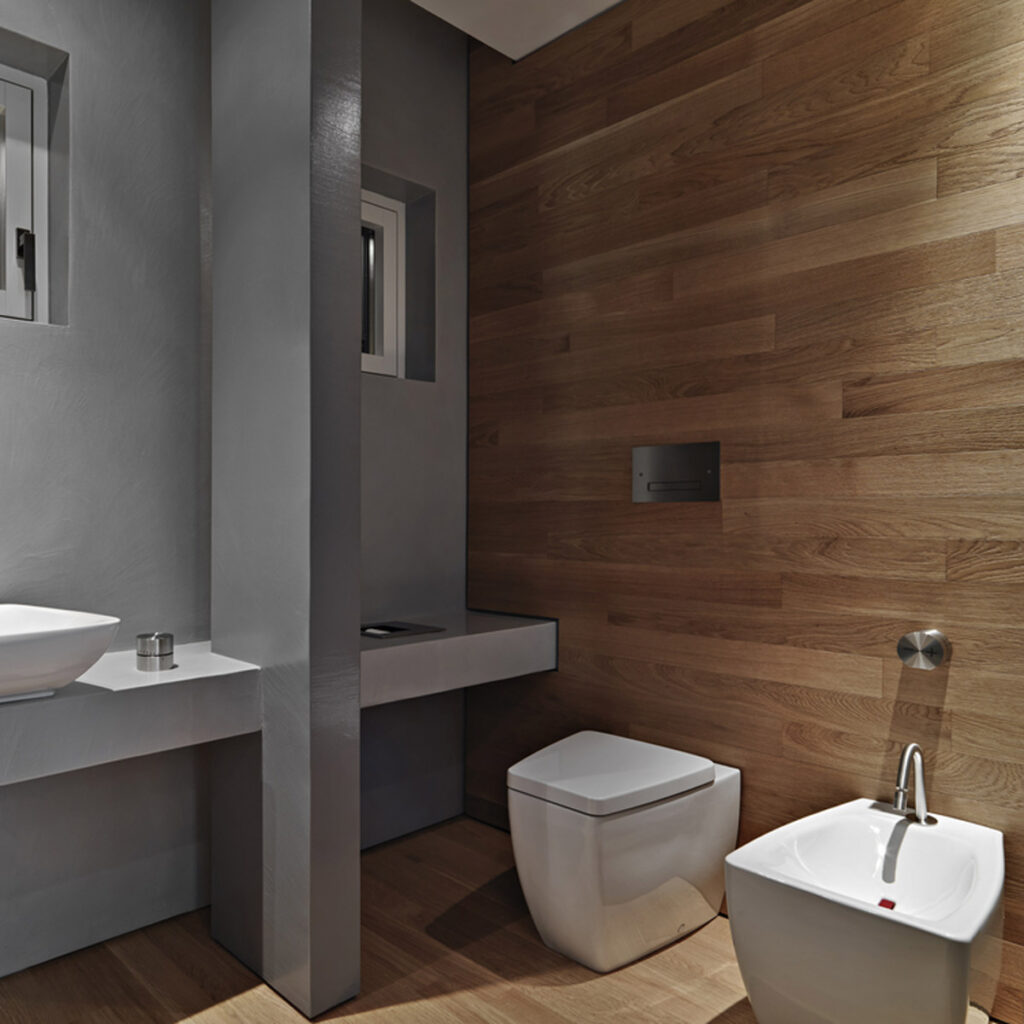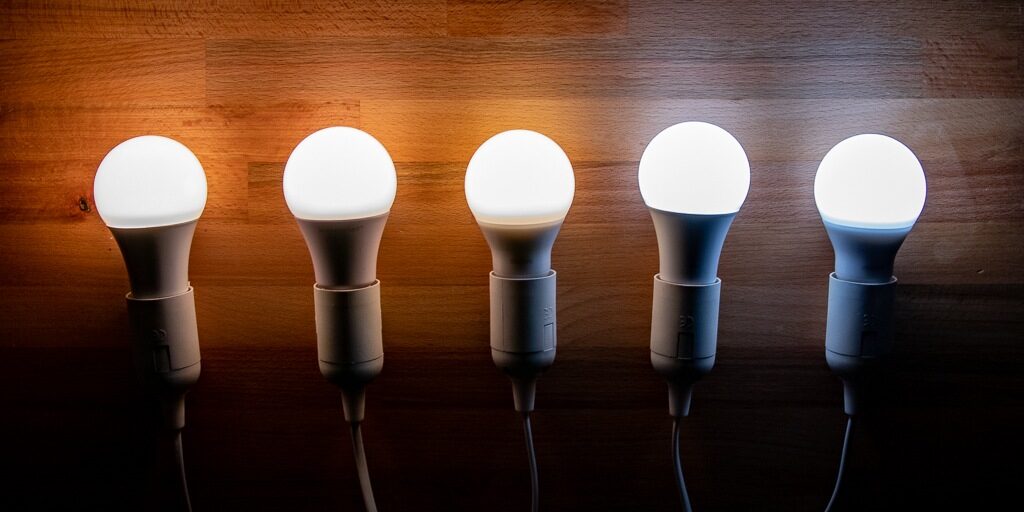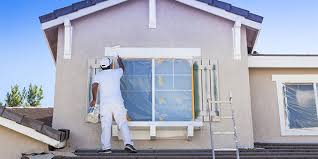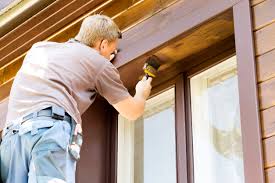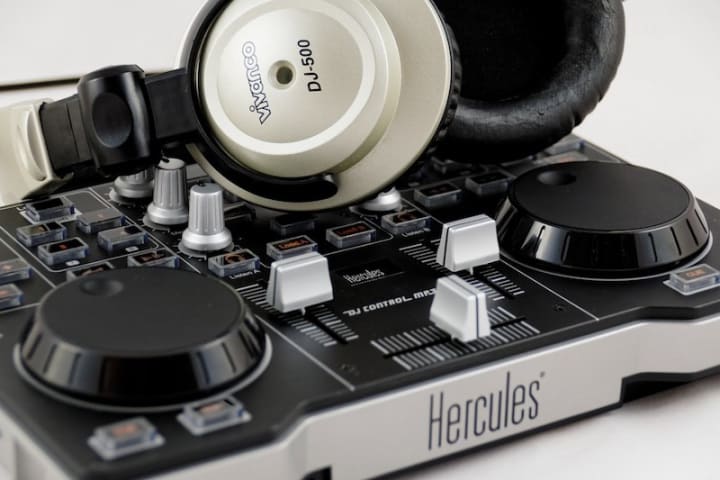Post Construction Cleaning
Do you need post construction cleaning for your new home? understand the time and effort renovations and construction take
This service is completed after all phases of the construction work is complete. Most post construction cleanings follow the same process as the move-in/move-out cleaning services.
the option to allow cleaning inside drawers, cabinets, closets and unfinished areas of the home. Every cleaning product and process use is non-toxic and eco-friendly, so you can be sure A Home Cleaning will leave your new home safe and smelling fresh

Get the Dust Out of Your Home!
Whether it is new home construction, a remodel, window installation, or a room addition, Home Housecleaning can get the construction dust up and out of your home, and make your home sparkle!
Post-construction team, who have extensive post-construction training and experience – will detail your home and get the dust up and out for you. may also recommend a lighter dust-settle cleaning within a day or two of your post-construction cleaning as well, to remove any residual dust.
What to Expect
Window, shower door and mirror cleaning
Baseboards, sills, chair rails, doors, mouldings, window and door frames vacuumed and damp wiped
Carpeting and hard surface flooring vacuumed and edged
Hard surface flooring damp mopped
Banisters and hardwood stairs hand cleaned
Bathrooms cleaned top-to-bottom (tubs / showers / cabinets / shelving / fixtures / toilets / sinks / bidets)
Kitchen cleaned top-to-bottom (countertops / backsplashes / cabinets – interior and exterior/drawers – interior and exterior, appliance exteriors, range hood)
Furniture vacuumed and hand wiped
Switchplates cleaned, light fixtures damp wiped
Construction dust removal
Post Construction Cleaning Services
Post construction cleaning is a service that’s often overlooked. With the amount of left over materials, junk and the dust and dirt generated during the construction activities, cleaning up afterwards can be a BIG chore!
The reality is that most construction firms often overlook the necessity of cleaning up the job site once they’re done; most of them are focused on how their project went. So what this really means is that they don’t have the necessary time and tools to properly clean up after themselves.
A Perfectly Clean Building
Construction work generates lot of dust, dirt, junk and left over construction materials of all types. If you’ve to meet a fast approaching deadline, it can be a big nightmare to clean up and tidy your place up in time for opening.
No More Hassles
Cleanup after any construction activity can be a big hassle at any workplace. Looking at all this mess and dust alone can give you a headache. Sometimes you can delegate cleanup to employees, but the can be a bad for their morale.
No Need To Arrange Waste Disposal And Cleaning Supplies
have the necessary know how, tools and the right attitude to tackle all kinds of post construction clean up. can clean floors, walls, ceilings and can basically prepare the entire building for the inauguration day. can also safely handle waste disposal according to local waste disposal locations.
You and Your Workforce Can Concentrate On The Real Job
Once you hire the pros to handle the post-construction cleanup, you can concentrate on the job you are trained to do. This way, you can put your time to better use!
No Need For Extra Employees
If you’re a construction or remodeling service, outsourcing the cleaning job to Cleaning Service will help you avoid hiring extra workers for the cleaning part. Think of insurance (health, workers compensation), salary, and numerous other benefits to be paid when hiring extra employees. Assigning the task of cleaning your building or office post-construction to professionals will definitely save you good money
how much is post construction cleaning?
so we are in a bad situation. in short, GC is a crook and stole our money. even though it is not finished we are trying to get in as quickly as possible. our floors are ruined due to cupping (moisture issues have been resolved) and we will need to get them refinished, hopefully after the holidays. i’m planning to get a cleaning crew in when the floors have had a chance to cure and then work out the rest of the details while we’re in.
so i make my first call to try and line up post construction clean up. the house is roughly 6800 sq ft, 5 bedrooms, 6.5 baths, mudroom, kitchen, office, living room, great room, play room and a few larger than average closets. there are some two story ceiling heights and all the walls would need to be wiped down, so there are tall surfaces that need attention. how much do you think it would cost to clean?
obviously i have several more calls to make. the first “gentleman” i spoke with today quoted me …wait for it …$6456.00.
Overall, that $6456 bid seems high to me but of course it all depends on just how messy your contractor left things and how expensive cleaning labor is in the area where you live.
In order to save money after we fired our crooked contractor, we did all the post-construction cleaning ourselves with the help of a bunch of very dear friends. A dozen of them actually threw us a “house-cleaning” party.
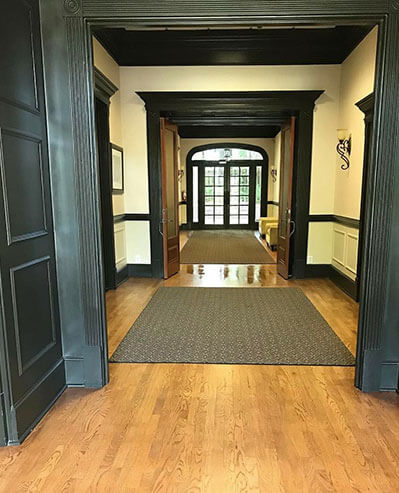
NEW CONSTRUCTION CLEANING SERVICES
Quick & Efficient new construction cleaning for your business.
It’s just natural that there will be debris, dust, and other types of construction material when a new structure is being built. Consequently, cleaning after the construction is completed is essential to help prepare your new property for occupation. This unique type of cleaning requires specific tools and techniques.
Some of the things we do in a construction clean include:
Remove window labels
Vacuum window tracks
Clean windows and sills
Clean/vacuum cabinets and drawers
Wipe down all surfaces including: doors, bookshelves, baseboards, trim to the molding, countertops, windowsills, tops of doors, fireplace mantles, and staircase rails
Clean showers, tubs, toilets, sinks, bathrooms and kitchen areas
Remove stubborn adhesives
Rinse and polish all porcelain surfaces
Clean windows, mirrors, mop floors
Vacuum out the ductwork with a vacuum hose
Wipe the electrical outlet cover
Gently wipe the light fixtures and chandeliers
Clean or sweep out garage
This list is can be customized to your specific project. pay attention to the small details to ensure that the space is cleaned to your specifications.


